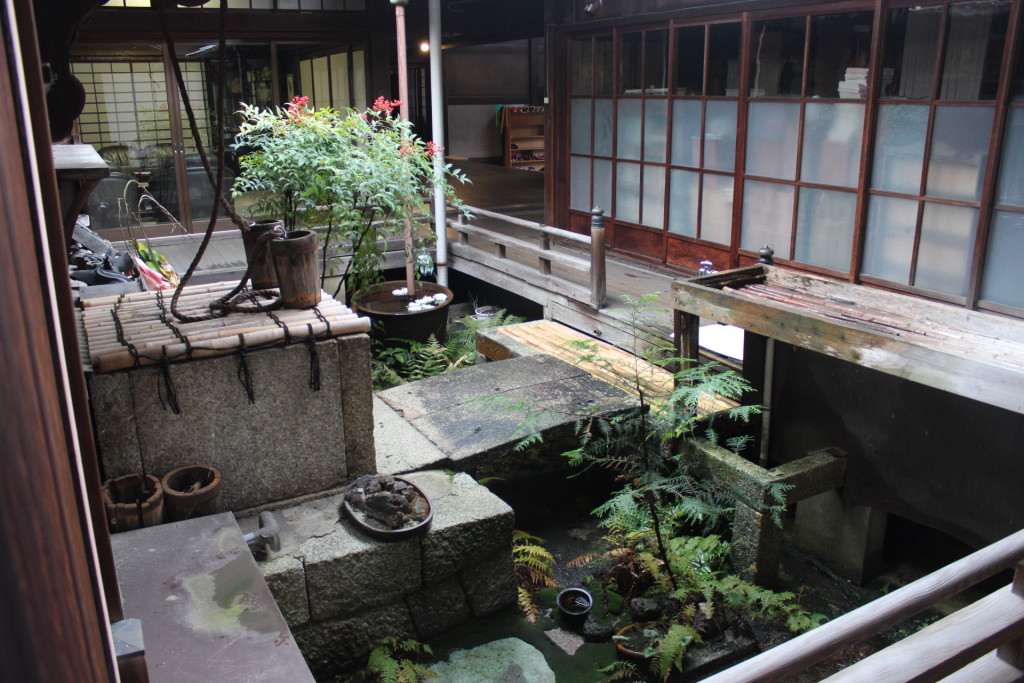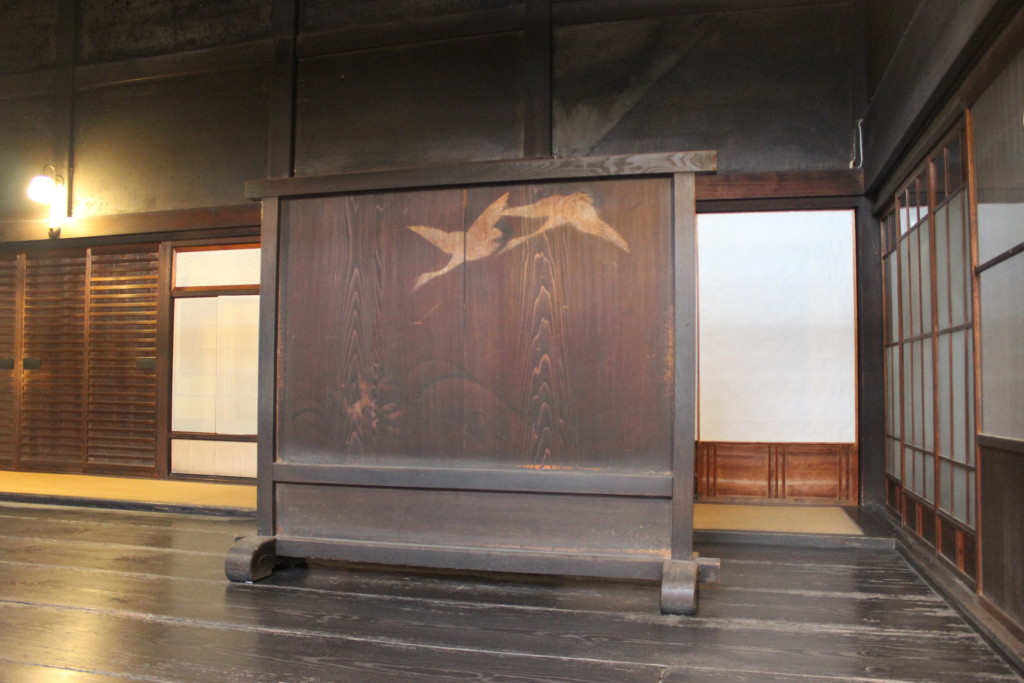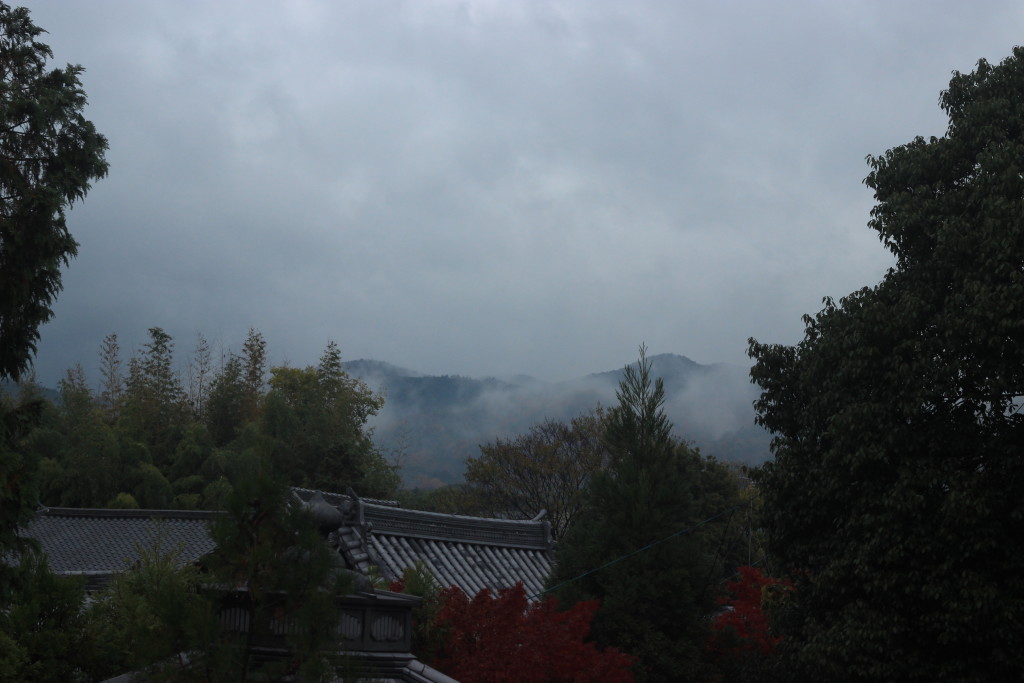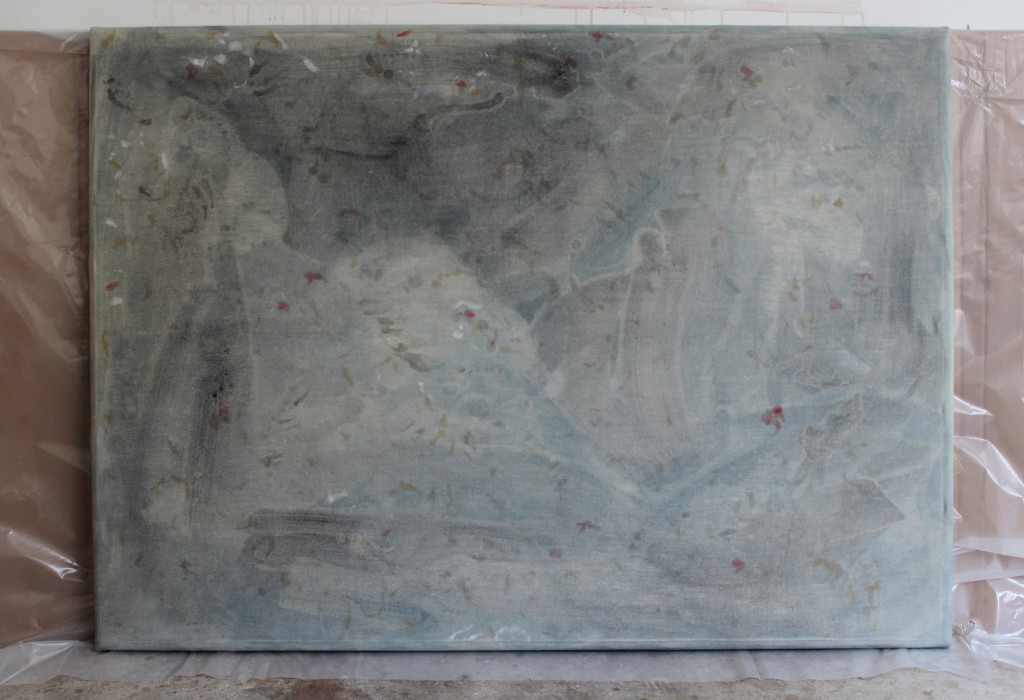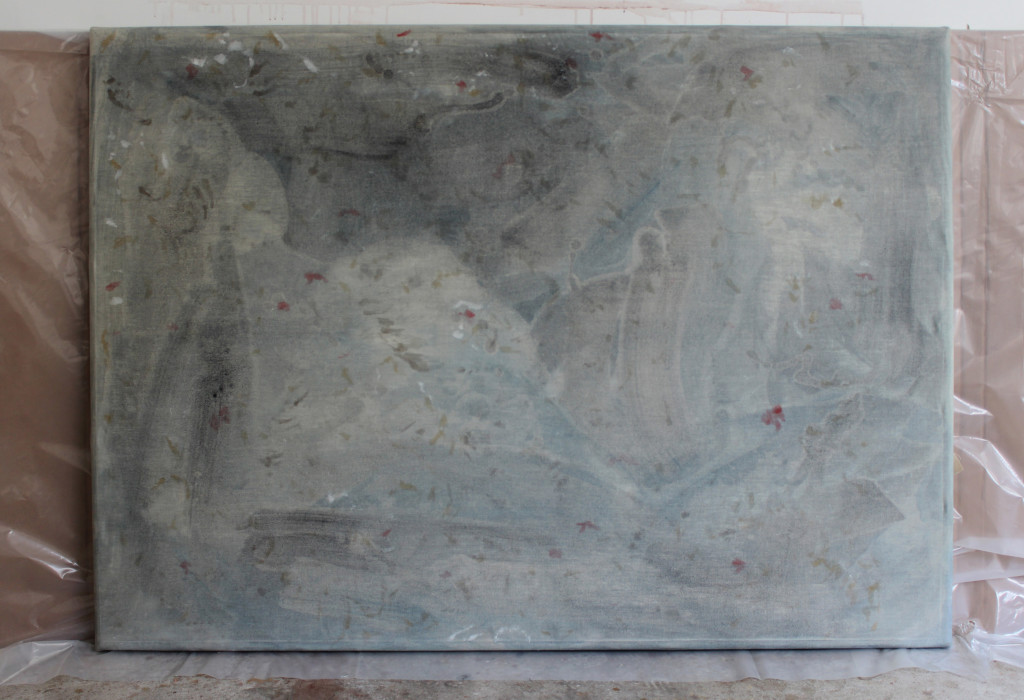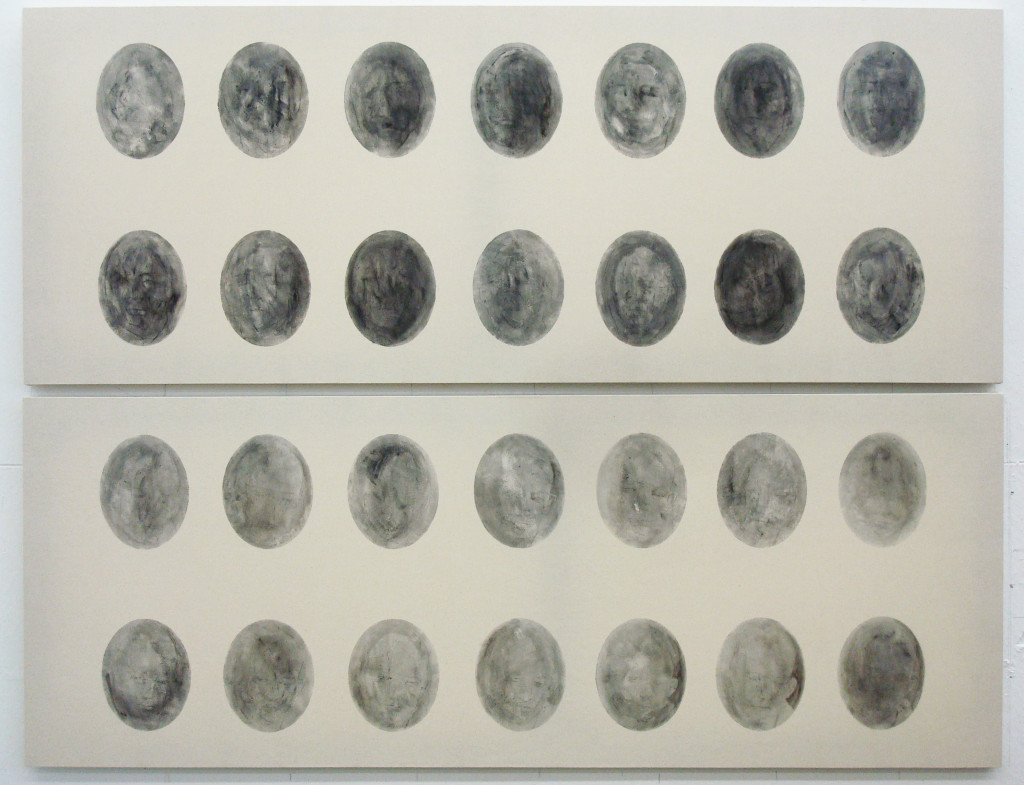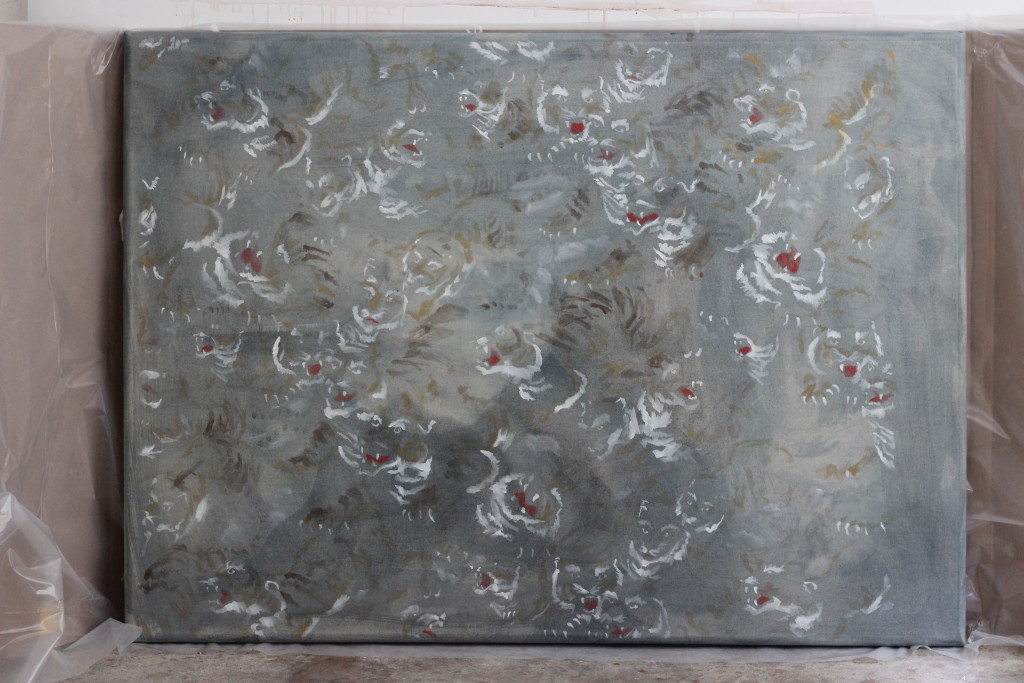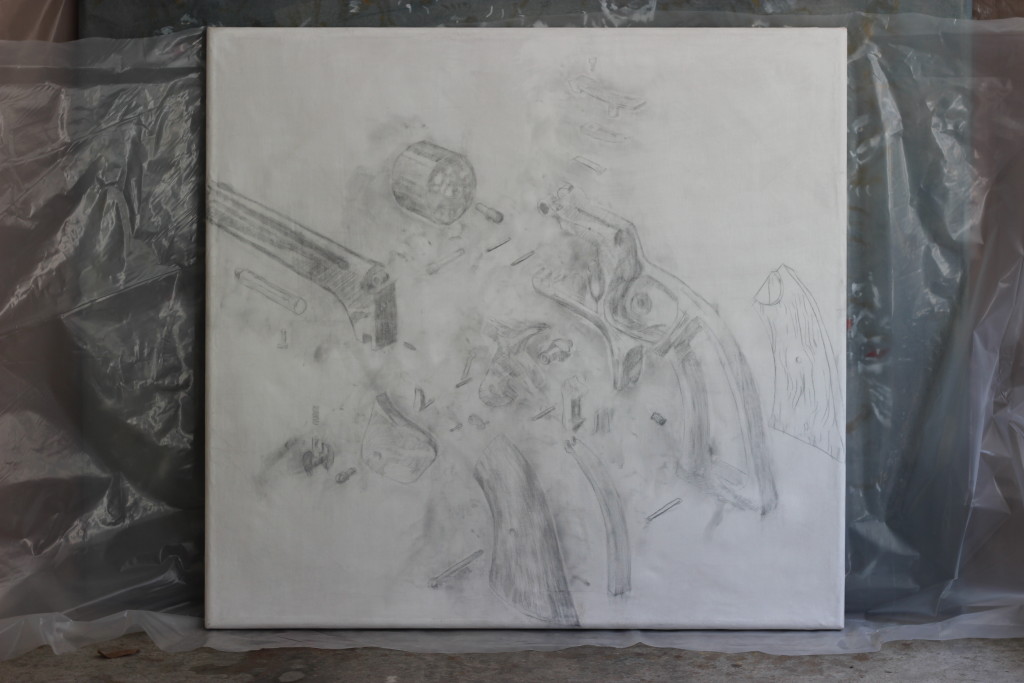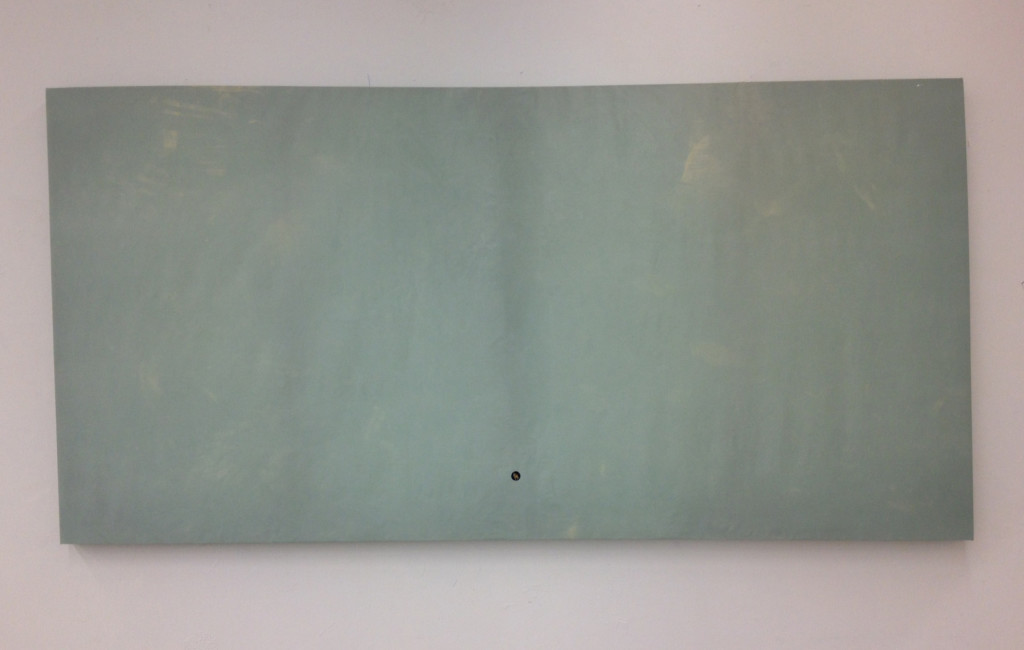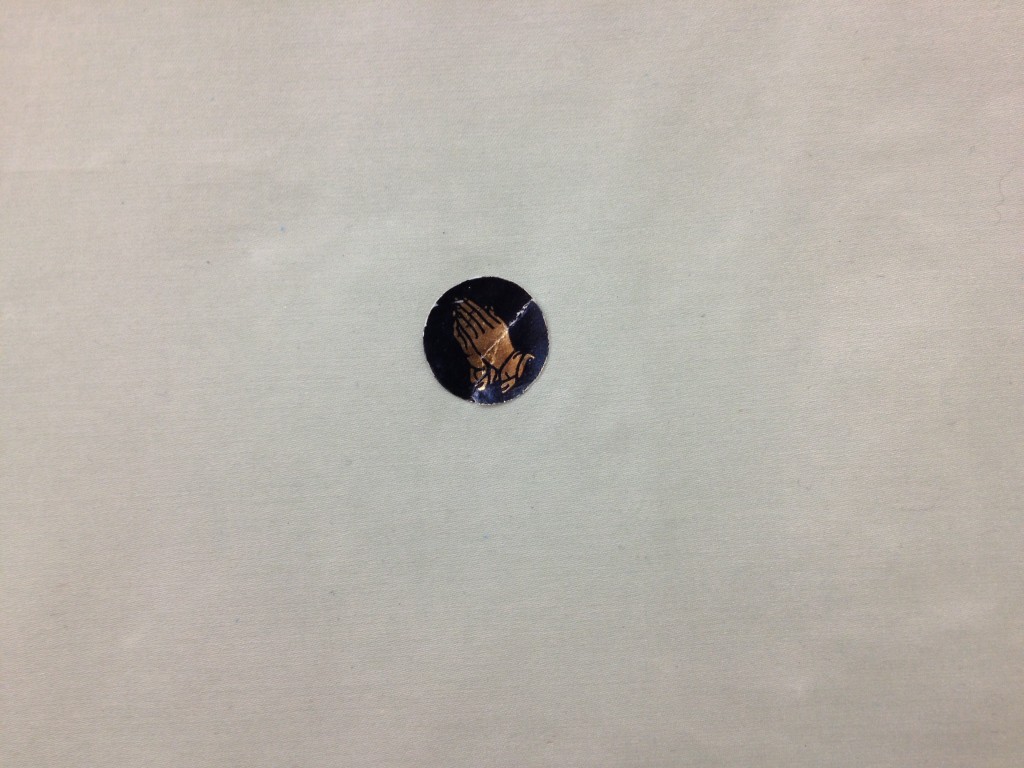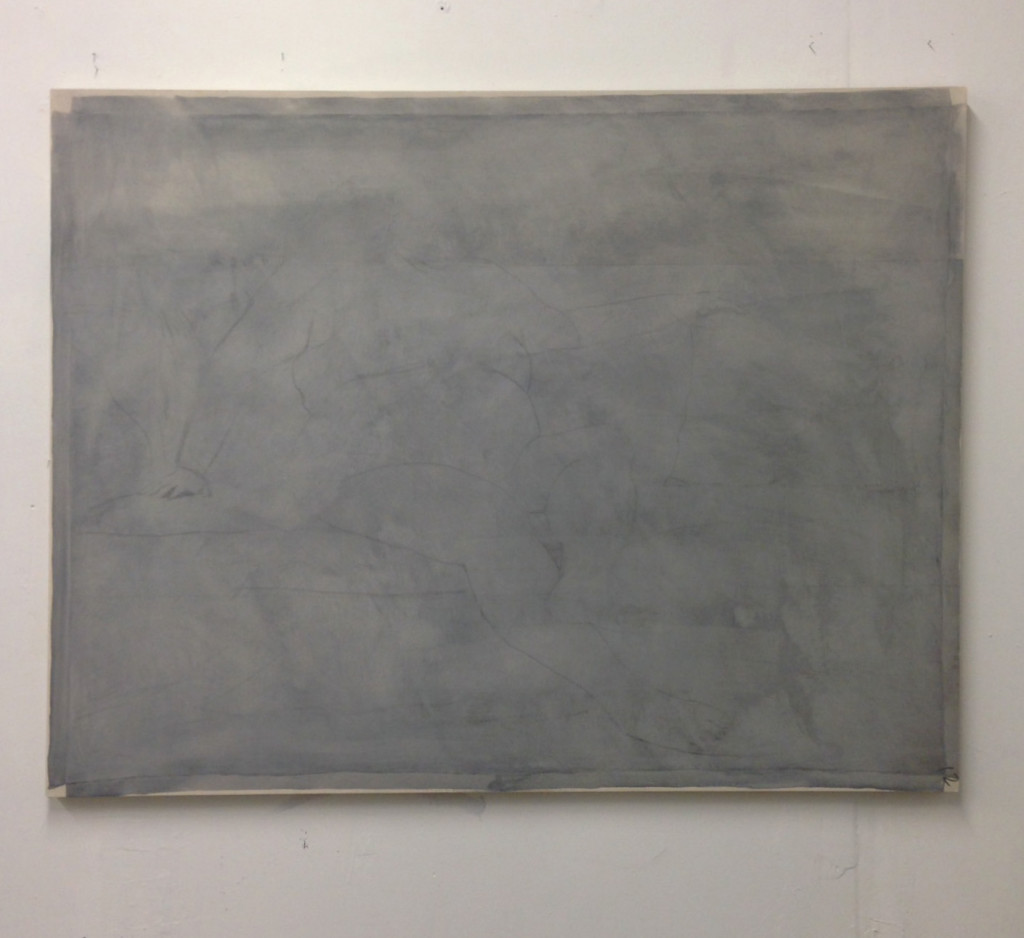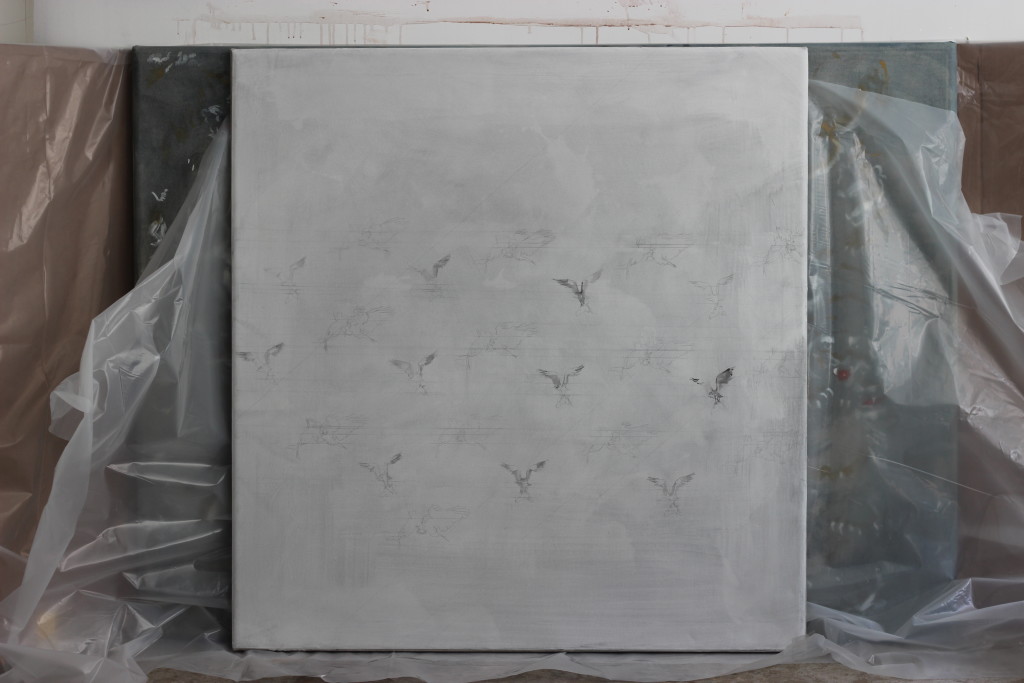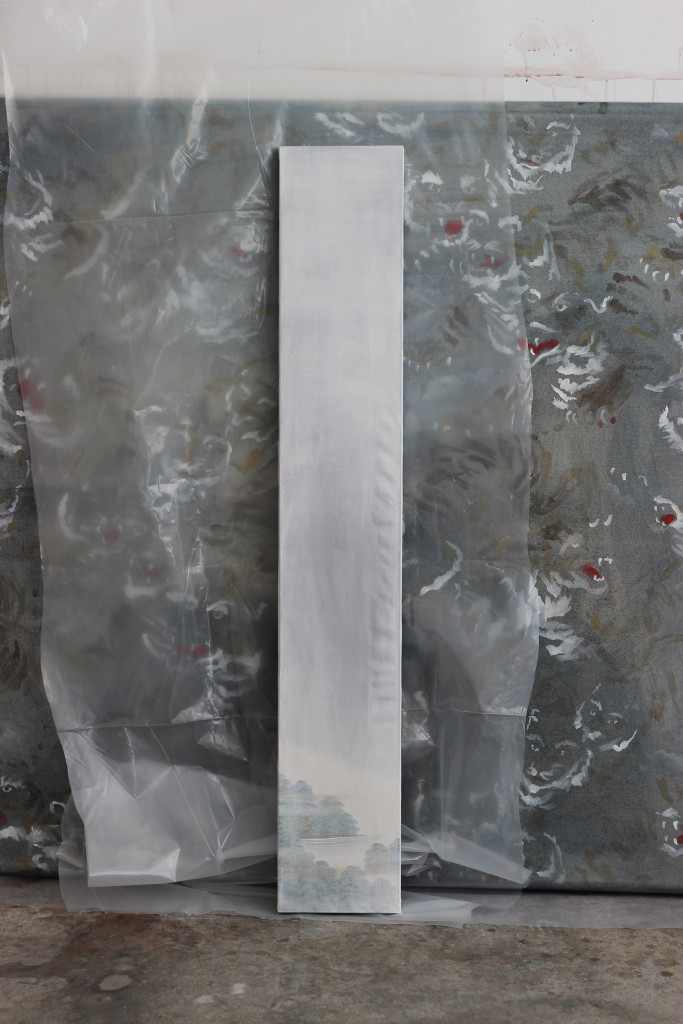Elizabeth Williams
Grant awarded Spring 2014
I saw many things in Japan which I am excited to bring back to my practice in New York. What has affected my work the most however, was a nuanced pair of moments on a very small island called Teshima.
While primarily staying in Kyoto, I traveled to the port city of Uno for two nights, to see the Island of Teshima, accessible only by ferry from Uno port. This was all to see a lonely structure in a remote area: Christian Boltanski’s “Les Archives du Cœur”, The Archive of Heartbeats. The piece exists inside of a small room, in a modest building. A twenty minute walk from Teshima’s port; the piece is composed of exactly what its title reflects. It is access to a digital archive of 35,000 heartbeats. Each one is played sequentially in a dark room as a computer outside lists the name and archive location of the individual whose heart you are listening to. Inside of the room, the heartbeat booms from a wall of speakers, and a single light bulb pulsates to the beat, illuminating opposing walls of mirrors, providing flashes of visibility of one’s self in otherwise total darkness.
Maintaining a practice in New York, and commuting on the train daily, I am frequently surrounded by strangers. More than ever before in my life, I am found in an uncomfortable position of physical closeness to bodies I have no affinity toward. A crowded train brings me closer to any number of strangers than I would typically be with my family and friends in daily life.
This piece struck me as a rare opportunity to find myself in a place where I could be physically removed from any and all people, but be intimately close to thousands. I was able to listen to a friend’s heartbeat who had been archived for the piece. While this person was thousands of miles away from me, I was able to experience a very intimate piece of him, in complete solitude. This closeness across great distance was a strange comfort to me.
After my time in the archive, I walked the long way back to catch my ferry ride to the mainland. When I arrived at the port, I was informed (in the best communication we could manage) that I had missed the boat, and it would be another two hours before the next ferry would arrive. Exhausted from walking, and frustrated with myself, I sat on a curb in the closest thing there was to a main drag in the town. A cat came out to greet me, and I was thankful for the company. I visited Japan without any knowledge of the Japanese language. Not so cleverly, I thought this might shape my experience in a curious way, as I wouldn’t be able to recognize written or spoken language. I thought I would see the less-seen first, and the obvious last. At this point in my trip, I was very lonely and frequently confused and frustrated. An older woman soon emerged from her home, and inquired something with me, which I was unable to understand. I made the familiar apologetic hand signs of a foreigner. She seemed disappointed at first, but we were able to communicate a mutual affection for the cat I was petting, which I took to be hers. I was able to communicate that I was here for art, from New York, and was waiting for my boat. She was delighted with this discovery, went and got her jacket, and sat next to me and the cat. She chatted with me in Japanese and although I didn’t understand her words, and couldn’t fully reciprocate, she continued the conversation and appeared fulfilled by it. There seemed to be a mutual harmony in our shared experience. She pulled oranges off of a tree in front of her house, and shared them with me. Not long after, several other women emerged from their homes to sit and converse with us. One woman flagged down the mail man on his bicycle, and after much pointing and trial of communication, found the words for sweet, and sour. She asked if I thought the oranges we were eating were sweet, or sour.
Casual conversation has often found me in a nervous state. I tend to foresee the end of a conversation from the moment I am greeted. I worry I’ll linger and will stress over the natural pauses when no one speaks. But in my interactions with these women, I never once felt that pressure. I did not stress over the inevitable end of our conversation, because in many ways it could have never began. I found peace in my ability to exist next to these women without any expectation. I would laugh at a joke whose words were lost on me, but somehow was able to share the joy in just being there. These women knew they couldn’t get much out of me, but chose to share my company none the less, for my entire wait. Although we were very much apart, we were together. This closeness across great distance was a strange comfort to me.
The Kossak grant has provided me firsthand experience with a particular kind of distance and separation I research in my work. I have not only brought back a mass of materials, new knowledge of traditional methods of woodworking and dying; but I have also brought back an experience of being apart which I have never had before. This was my first time to leave the country, and my time spent abroad was surreal: fascinating, backward, and strangely familiar in uncommon places. I plan to reflect these newfound experiences and techniques in my thesis project, and future work.
